Miso soup recipe: How to make tasty homemade miso soup in minutes. Easy Japanese recipe with tofu, seaweed & dashi for everyday cooking.

Japenese Miso soup is one of Japan’s most loved dishes. Whether it’s breakfast, lunch, or dinner, this warm bowl of savoury comfort is always welcome. Today, I’ll walk you through how to make authentic homemade miso soup at home—fresh, tasty, and just like in Japanese kitchens.
Why Make Miso Soup at Home?
Fresh taste – You control the ingredients and seasoning.
Customisable – Add your favourite vegetables, tofu, or mushrooms.
Budget-friendly – A restaurant-style bowl in your own kitchen for less.
Also Read – Manglo Pickle Recipe in Indian style.
Ingredients You Will Need
Here’s everything you’ll need for a basic yet authentic miso soup:
Dashi stock – 2 cups (can be made from dashi powder, kombu, or bonito flakes)
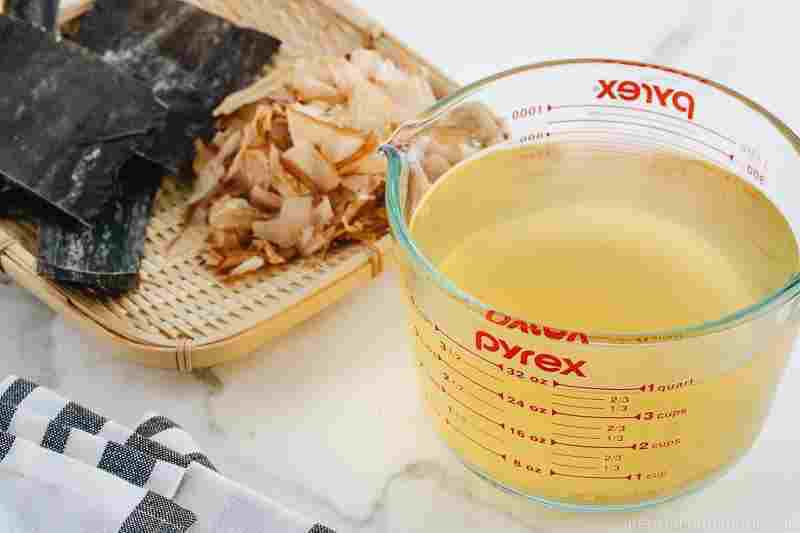
Miso paste – 2 to 3 tablespoons (white or red miso, depending on flavour preference)
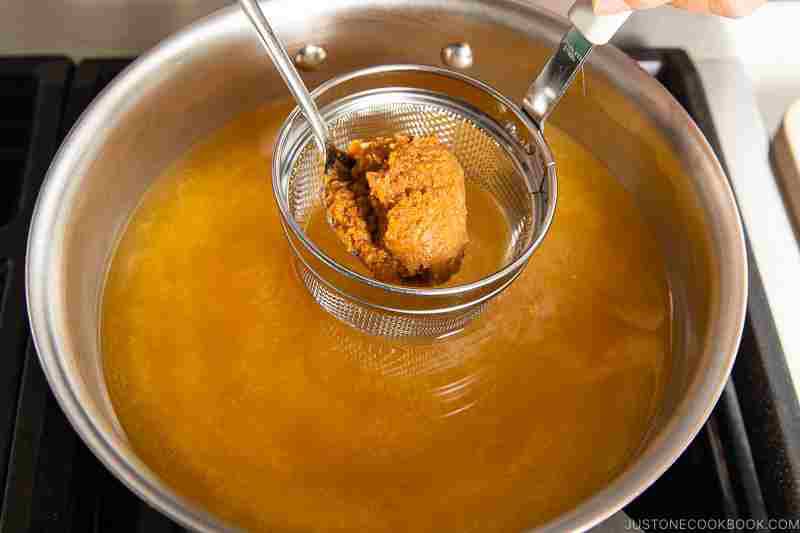
Soft tofu – 100 g, cut into small cubes
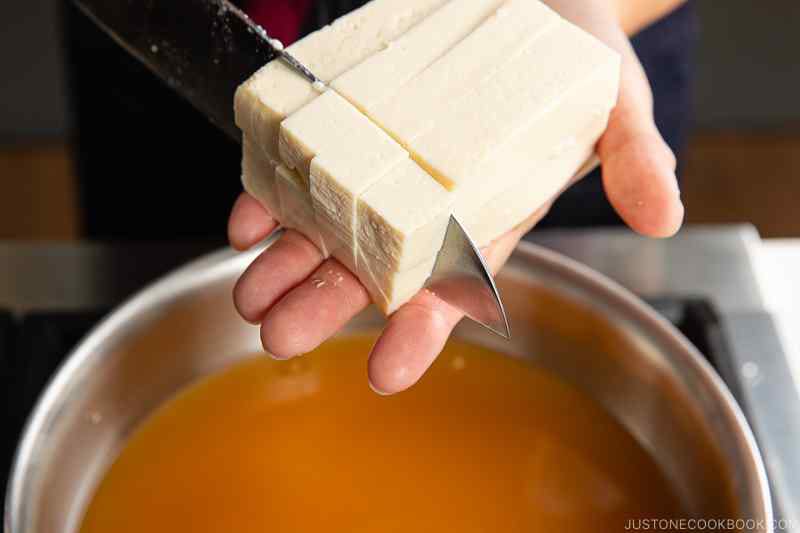
Dried wakame seaweed – 1 tablespoon (soaked in water for 5 minutes)
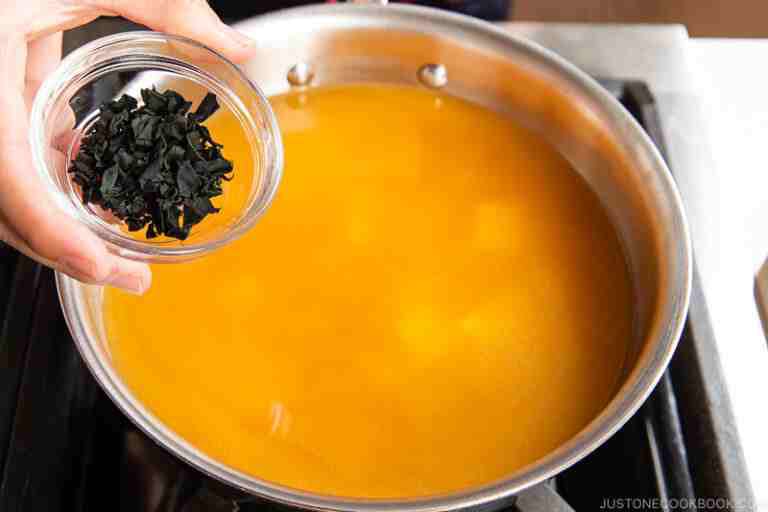
Spring onions – 2, finely sliced
Water – As needed to make dashi
Step-by-Step Method To Prepare Miso Soup
Step 1: Prepare the Dashi Stock
Heat 2 cups of water in a saucepan.
Add dashi powder (as per packet instructions) or boil kombu and bonito flakes for a traditional stock.
Simmer for a few minutes, then strain if using kombu/bonito.


Step 2: Add Tofu and Seaweed
Add cubed tofu directly into the hot dashi.
Drain the soaked wakame seaweed and add it too.
Simmer for 2–3 minutes on low flame.
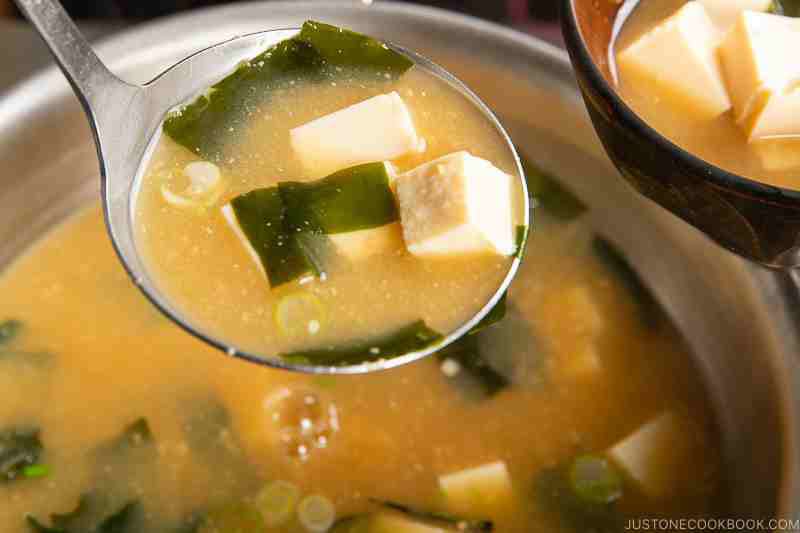
Step 3: Mix in Miso Paste (Important Technique)
Turn off the heat—miso paste should never be boiled.
Take a ladle of hot dashi from the pot, add the miso paste to it, and dissolve it completely.
Pour this dissolved miso back into the pot and stir gently.
Step 4: Garnish and Serve
Add finely sliced spring onions on top.
Serve immediately while hot.
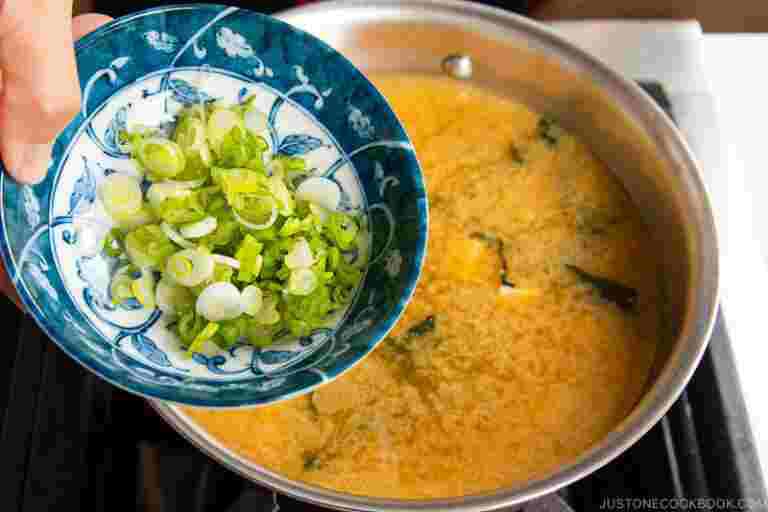
Tips for the Best Miso Soup
- Don’t boil miso – This keeps the probiotics alive and preserves flavour.
- Choose the right miso – White miso is mild and slightly sweet, red miso is stronger and saltier.
- Use fresh dashi – Homemade stock makes a huge difference in taste.
Variations You Can Try
Add sliced mushrooms for an earthy touch.
Use baby spinach or bok choy for extra greens.
Drop in a beaten egg for a richer broth.
Replace tofu with thinly sliced chicken or fish for a non-vegetarian twist.




Storage Instructions
Fridge – Store miso soup (without miso paste added) for up to 3 days. Add fresh miso paste when reheating.
Freezer – Dashi stock can be frozen, but miso soup tastes best fresh.
FAQs:
Q1: Can I use vegetable stock instead of dashi?
Yes, but traditional miso soup flavour comes from dashi. You can use veg stock for a vegetarian version.
Q2: Is miso soup vegetarian?
If you make dashi with kombu and skip bonito flakes, it is vegetarian.
Q3: Can I use any miso paste?
Yes, but white miso is milder while red miso is stronger. Mix both for a balanced taste.
Q4: Why shouldn’t miso be boiled?
Boiling kills its probiotics and changes the flavour. Always add miso after turning off the heat.
Final Serving Suggestion
Serve miso soup as a starter before sushi, ramen, or rice dishes. It also pairs beautifully with grilled fish, tempura, or even a simple bowl of steamed rice.

[…] Also Read – Homemade Miso Soup Recipe in Details. […]